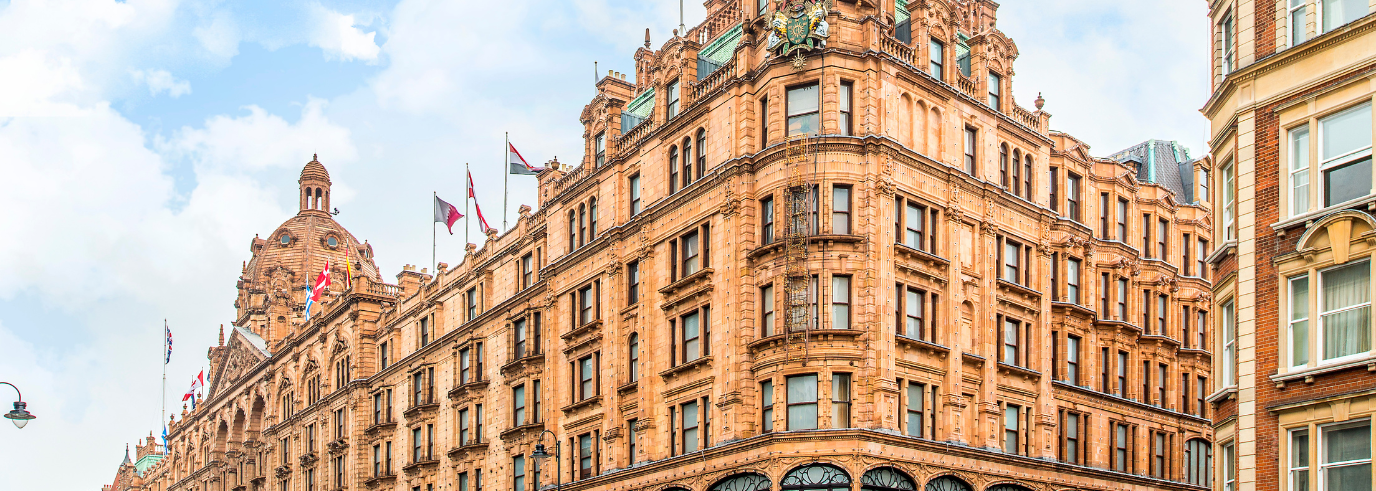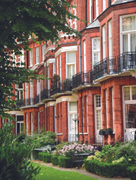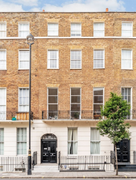
Centre of attention
Sales and lettings went very quiet during Covid within the Capital’s prime central neighbourhoods as returning overseas and local buyers seek out good value.
26 April, 2022
The elite global community who like to buy or rent property around the world revere London’s prime housing market, as much as the famous tourist attractions the UK Capital has to offer. But while many people salivate over the luxurious interiors, Porsche lined streets and eye-popping asking prices, finding a property to buy or rent within London’s famous name neighbourhoods requires expertise – even more so since the pandemic threw this unique market into confusion for the first time since the 2008 financial crisis.
Prices and rents dropped during these difficult times by up to 20% in some areas as international travel bans and lockdowns kept UK and overseas buyers and tenants away, and prompted an exodus of residents to the countryside. The importance of overseas buyers to the prime central London boroughs – the City of London, Westminster and Kensington & Chelsea – should not be underestimated.
University of York academics recently revealed that 18% of new builds in London are sold to foreign buyers, and just over a third of all properties overall. Derek Fletcher, who heads up KFH’s central London property sales operation, says that during the early 2010s up to 60% of homes bought in several central London neighbourhoods would go to overseas buyers. “That all quietened down when the previous Chancellor, George Osborne, introduced a 15% stamp duty on properties over £1.5million in 2014, and then added an additional 3% ‘surcharge’ for those buying second homes.
The situation was exacerbated last year when Rishi Sunak introduced an additional 2% stamp duty for overseas purchasers, combining to make the 17% transaction cost in central London for overseas investment buyers, one of the highest in the world,” he says. “That, along with the ‘non-dom’ rules that were brought in during 2015, combined with Brexit and now Covid, left demand weak and prices fell, meaning the central London market still remains under-priced compared to its highs of 2014.”

The Covid price drops have made central London more affordable for many younger buyers to purchase their next home because of the price differentials.
But like the rest of the UK, albeit at a slower pace, the post-lockdown housing market in central London has bounced back as many house hunters and tenants have sought-out bargains as prices and rents have softened.
“Many people have woken up to the fact that residential property in London is under-valued and, along with the pent-up demand created by Brexit and the Covid lockdowns, these factors have additionally stimulated demand – helped of course by the stamp duty holiday,” adds Fletcher, who says his ten branches saw activity double during the final months of last year, compared to the year before.
“Remember that central London is a market of confidence, given the high prices involved – it’s not a market you enter lightly, so it’s more sensitive to uncertainty than other places in London. “The Covid price drops have made central London more affordable for many younger buyers to purchase their next home because of the price differentials. Also, these price drops have made investment properties more attractive, because yields have improved as the asking prices have dropped, but rents have risen as stock has been depleted by other government tax and regulatory activity. So the buy-to-let investors are returning to the market in numbers that we haven’t seen for three or four years.” Duncan Blakelock, KFH’s lettings director for central London, agrees and hopes that this increase in landlord activity will solve the private rented sector’s key challenges at the moment – a lack of stock.
This has been caused by the rental market turning on its head since Covid restrictions have eased. During the lockdowns, many tenants fled London and the market was flooded with empty properties, not helped by many landlords switching from Airbnb short lets as the tourist trade came to halt.

It’s a landlords’ market at the moment as too many tenants are chasing too few properties.
At the time Blakelock says his network of ten branches had 450 properties on their books, but that this has dropped significantly. “This is a huge swing – but on the other hand it means it’s a landlords’ market at the moment as too many tenants are chasing too few properties,” he says.
“It’s why rents massively rebounded during the final months of 2021 and into 2022. And the same applies to the corporate short-lets market, which has come back very strongly since the start of the year – but yet again, finding stock to fill the demand is proving tricky.”
Blakelock also says that different areas of prime central London have different mixes of landlord – for example his branches in prime London like Marylebone, South Kensington and Bayswater are favoured by international investors looking for the ‘big name’ postcodes, while in Clerkenwell, which covers the city, it tends to more accidental landlords, who are more prevalent in the SW enclaves too like Fulham, Earls Court and its newest branch in Brook Green.
“Holland Park is more about old money, so you don’t tend to get investors there,” he says. Both Blakelock and his sales counterpart Derek Fletcher agree on one thing – where once KFH was perceived as a leading player in London’s ‘mid-range’ housing market, its success in central London in recent years has shown it can offer vendors, buyers, landlords and tenants a service that rivals its competitors in this hugely competitive market.

Here to help
Start your search for your next property.